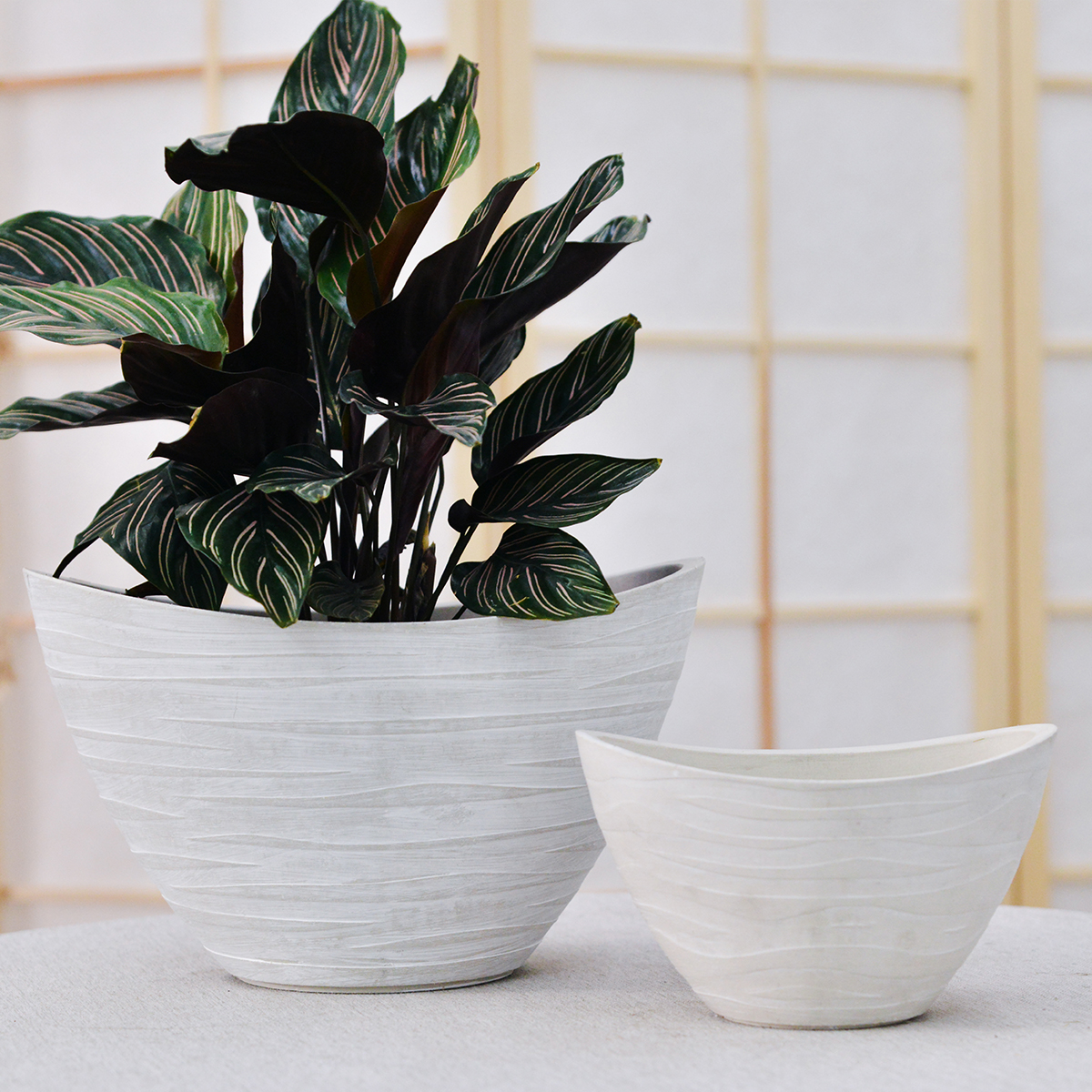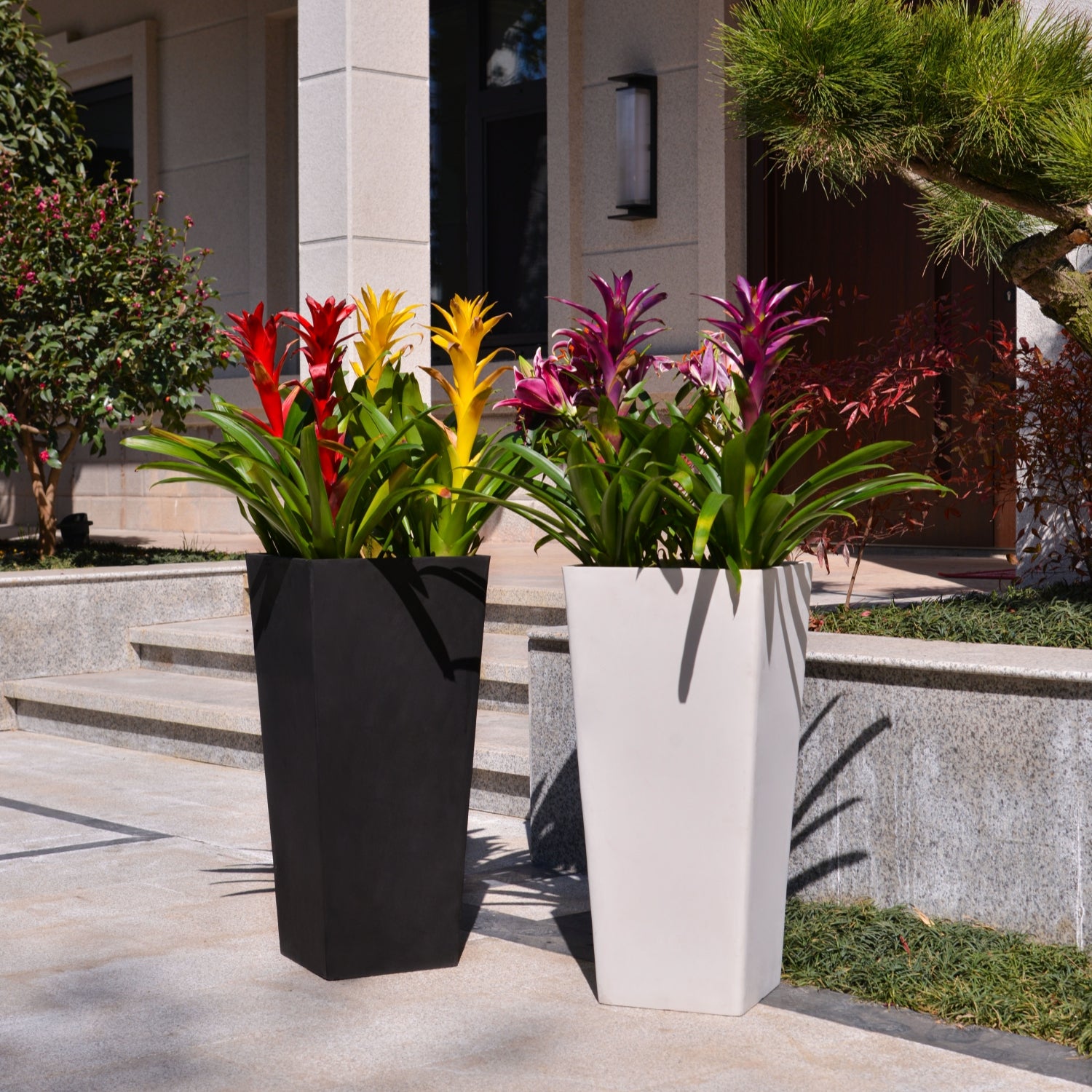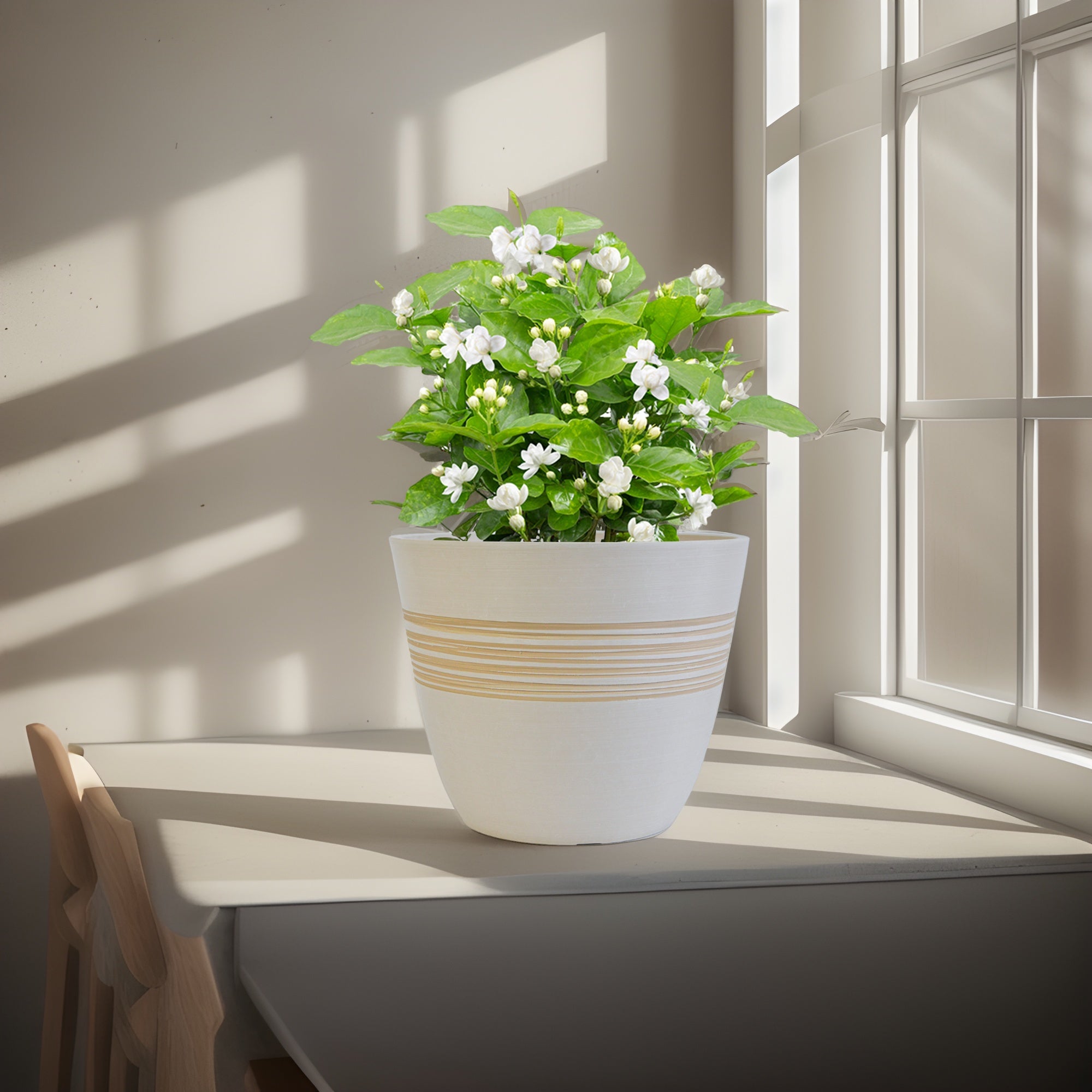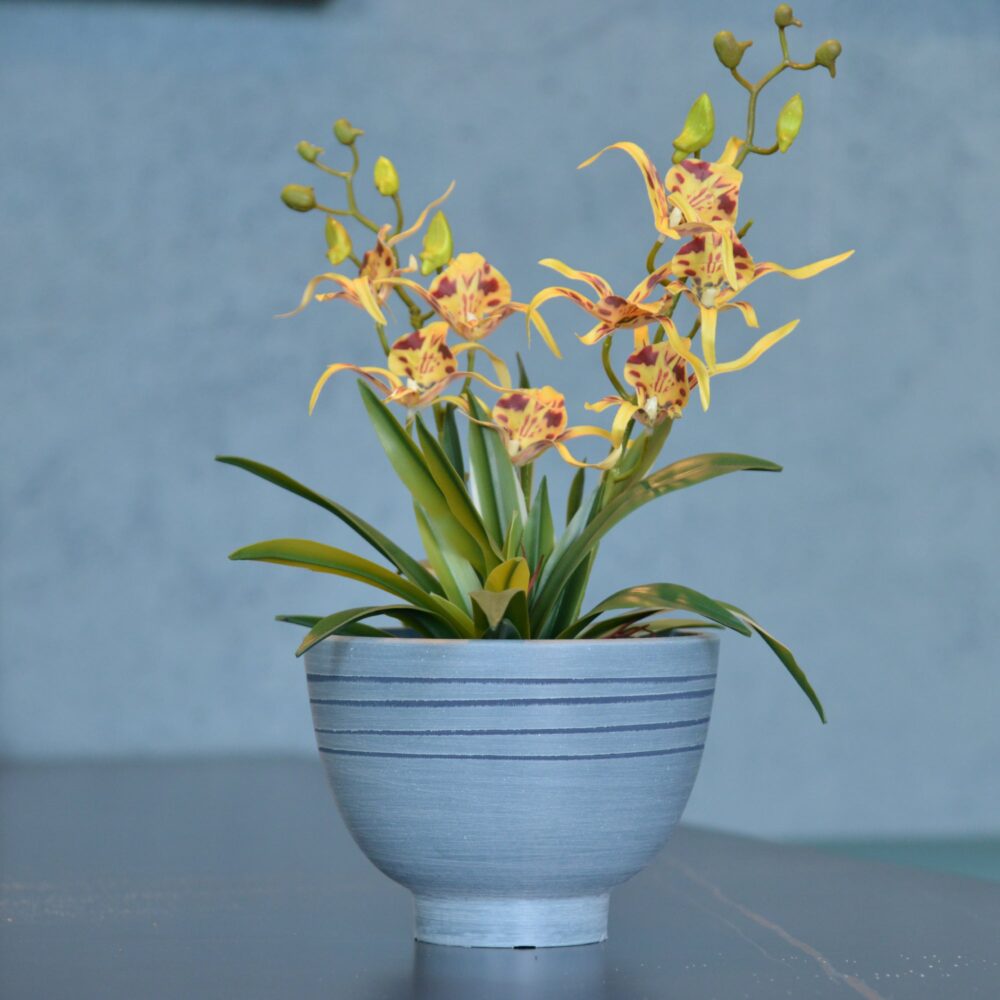How Do I Achieve Effective Drainage in a Planter Box? Keeping Your Plants Happy and Healthy
Effective drainage is the unsung hero of successful container gardening. Without it, your planter box can quickly become a soggy, oxygen-deprived environment where roots suffocate and rot. Ensuring proper drainage is crucial for the health and longevity of your plants. Here’s a comprehensive guide on how to achieve effective drainage in your planter box.
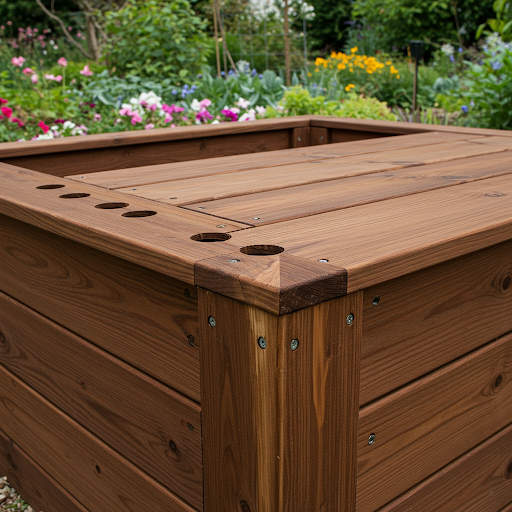
The Importance of Drainage: Why It Matters
Before we dive into the “how-to,” let’s understand the “why.” Plant roots need oxygen to survive. When a planter box doesn’t drain properly, water saturates the soil, filling the air pockets that roots rely on. This leads to:
- Root Rot: Prolonged saturation encourages the growth of harmful fungi that cause root rot, a condition that can quickly kill your plants.
- Nutrient Leaching: While some water retention is good, excessive water flow can wash away essential nutrients from the soil.
- Stunted Growth: Lack of oxygen and unhealthy roots hinder the plant’s ability to absorb water and nutrients, leading to weak and stunted growth.
Key Steps to Achieve Effective Drainage:
Ensure Adequate Drainage Holes: This is the most fundamental step. Your planter box must have drainage holes to allow excess water to escape.
- Number and Size: The number and size of the holes will depend on the size of your planter. For smaller boxes (under 2 feet long), at least 3-4 holes with a diameter of ½ to ¾ inch should suffice. For larger boxes, increase the number and size accordingly, spacing them evenly across the bottom.
- Location: Drill holes in the bottom of the planter box. For very large or deep planters, consider adding a few smaller (⅜ inch) holes in the sides near the bottom to further improve drainage.
- Pre-made Planters: If you’re using a pre-made planter, check for existing drainage holes. If none exist or they seem insufficient, don’t hesitate to drill more.
Use a Well-Draining Potting Mix: The type of soil you use plays a significant role in drainage.
- Avoid Garden Soil: As mentioned in previous articles, garden soil is too dense for containers and retains too much water.
- Choose Potting Mix: Opt for a high-quality potting mix specifically formulated for containers. These mixes typically contain ingredients like peat moss, coir, perlite, and vermiculite, which promote both drainage and water retention.
Consider a Drainage Layer (with Caution): Traditionally, gardeners have added a layer of gravel, pebbles, or broken pottery at the bottom of planter boxes to improve drainage. However, modern horticultural advice suggests this might not be as effective as once thought and can even hinder drainage in some cases by creating a perched water table.
- Current Recommendations: Instead of a thick layer of gravel, consider a thin layer of coarse material like landscape fabric or even a small amount of larger bark pieces directly over the drainage holes to prevent the potting mix from washing out and clogging them.
Elevate Your Planter Box: Lifting your planter box slightly off the ground can help ensure that water can freely drain out of the bottom.
- Use Feet or Bricks: Place bricks, small pieces of wood, or planter feet underneath the box to create a gap. This is especially important for planters placed on solid surfaces like patios or decks.
Line with Drainage Fabric (Optional but Helpful): While not strictly necessary if your drainage holes are the right size, lining the bottom of the planter with a piece of landscape fabric before adding the potting mix can be beneficial.
- Prevents Clogging: The fabric acts as a barrier, preventing the potting mix from falling through the drainage holes and potentially clogging them over time.
Avoid Overwatering: Even with excellent drainage, overwatering can still lead to problems.
- Water When Needed: Only water your plants when the top inch or two of soil feels dry to the touch.
- Water Thoroughly: When you do water, water deeply until water drains out of the bottom of the planter. This ensures the entire root ball is moistened.

Troubleshooting Drainage Issues:
- Slow Drainage: If water drains very slowly from your planter, the drainage holes might be blocked, or your potting mix might be too dense. Try clearing the holes or repotting with a lighter, more porous mix.
- Water Pooling: If water consistently pools at the bottom of the planter, you likely have inadequate drainage holes or a blockage. Add more drainage holes or elevate the planter.
By following these steps, you can create a planter box environment where excess water can escape freely, allowing your plants’ roots to breathe and thrive. Effective drainage is a simple yet vital aspect of container gardening that will make a significant difference in the health and success of your plants.
20YB
By greenship|2024-08-16T05:37:57+00:00August 16, 2024|Categories: Hand-carving Series|
GreenShip 27inch Tall Planters for Porch, Large Outdoor Planter Pots with Drainage Hole
By greenship-seo|2025-04-10T06:27:21+00:00April 7, 2025|Categories: Hand-carving Series|Tags: Decorative Flower Pots|
Planter for Indoor Outdoor Plants, Set of 2 Modern Decorative Plant Pots with Drainage Hole, Decorative Flower Pots
By greenship-seo|2025-04-10T07:46:01+00:00January 9, 2025|Categories: Hand-carving Series|Tags: Decorative Flower Pots, Self-Watering Pots|
Modern Plant Pots with Drainage – Indoor & Outdoor Use (6″ Widths)
By greenship-seo|2025-04-10T06:29:43+00:00February 6, 2025|Categories: Hand-carving Series|Tags: Decorative Flower Pots|
KC2-21G
By greenship|2024-08-13T06:19:08+00:00August 13, 2024|Categories: Hand-carving Series|
8 inch/10 inch Planter Indoor Plants, 2 Pack Modern Decorative Plant Pots with Drainage Hole, Cute Bowl Shape Flower Pots
By greenship-seo|2025-04-10T08:03:42+00:00January 9, 2025|Categories: Hand-carving Series|Tags: Decorative Flower Pots, Self-Watering Pots|

